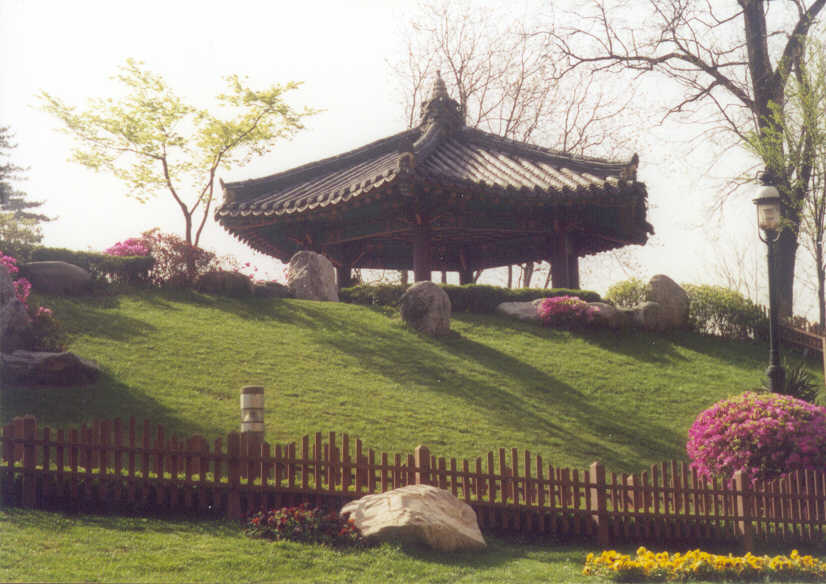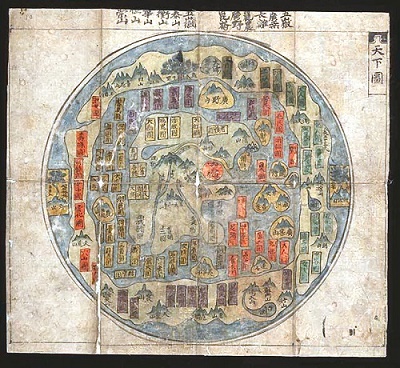After World War II, a republic
was set up in the southern half of the Korean Peninsula while a
communist-style government was installed in the north. The Korean War
(1950-53) had US and other UN forces intervene to defend South Korea from
North Korean attacks supported by the Chinese. An armistice was signed in
1953 splitting the peninsula at the 38th parallel known as the DMZ.
Thereafter, South Korea achieved rapid economic growth, with per capita
income rising to 13 times the level of North Korea. In 1997, the nation
suffered a severe financial crisis from which it continues to make a solid
recovery. South Korea has also maintained its commitment to democratize its
political processes. In June 2000, a historic first south-north summit took
place between the south's President KIM Dae-jung and the north's leader KIM
Chong-il. In December 2000, President KIM Dae-jung won the Noble Peace Prize
for his lifeling committment to democracy and human rights in Asia. He is
the first Korean to win a Nobel Prize.
| Location: |
Eastern Asia, southern half
of the Korean Peninsula bordering the Sea of Japan and the Yellow Sea
37 00 N, 127 30 E |
|
Population: |
47,904,370 (July 2001 est.) |
| Area: |
total: 98,480 sq km
land: 98,190 sq km
water: 290 sq km
slightly larger than Indiana |
| Climate: |
temperate, with rainfall
heavier in summer than winter |
| Terrain: |
mostly hills and mountains;
wide coastal plains in west and south |
| Elevation: |
lowest point: Sea
of Japan 0 m
highest point: Halla-san 1,950 m |
|


